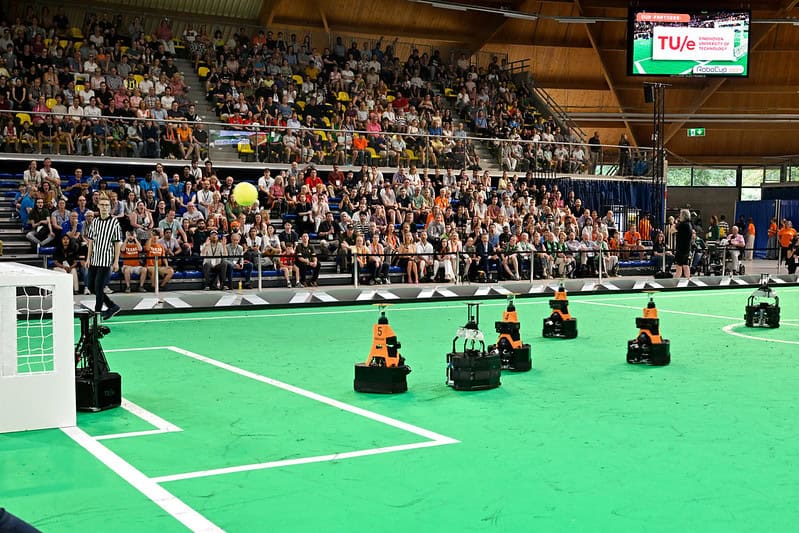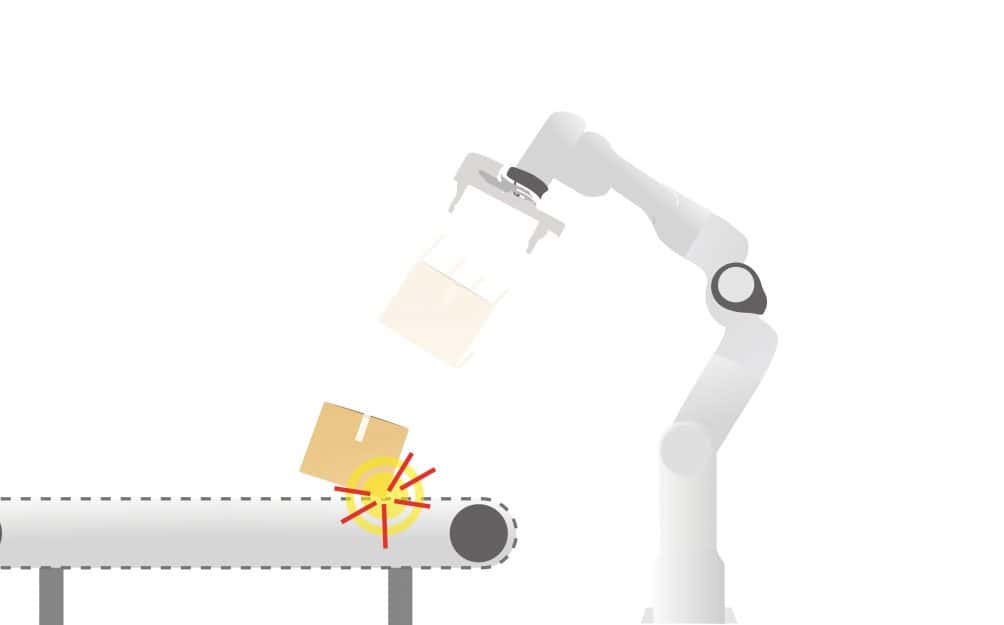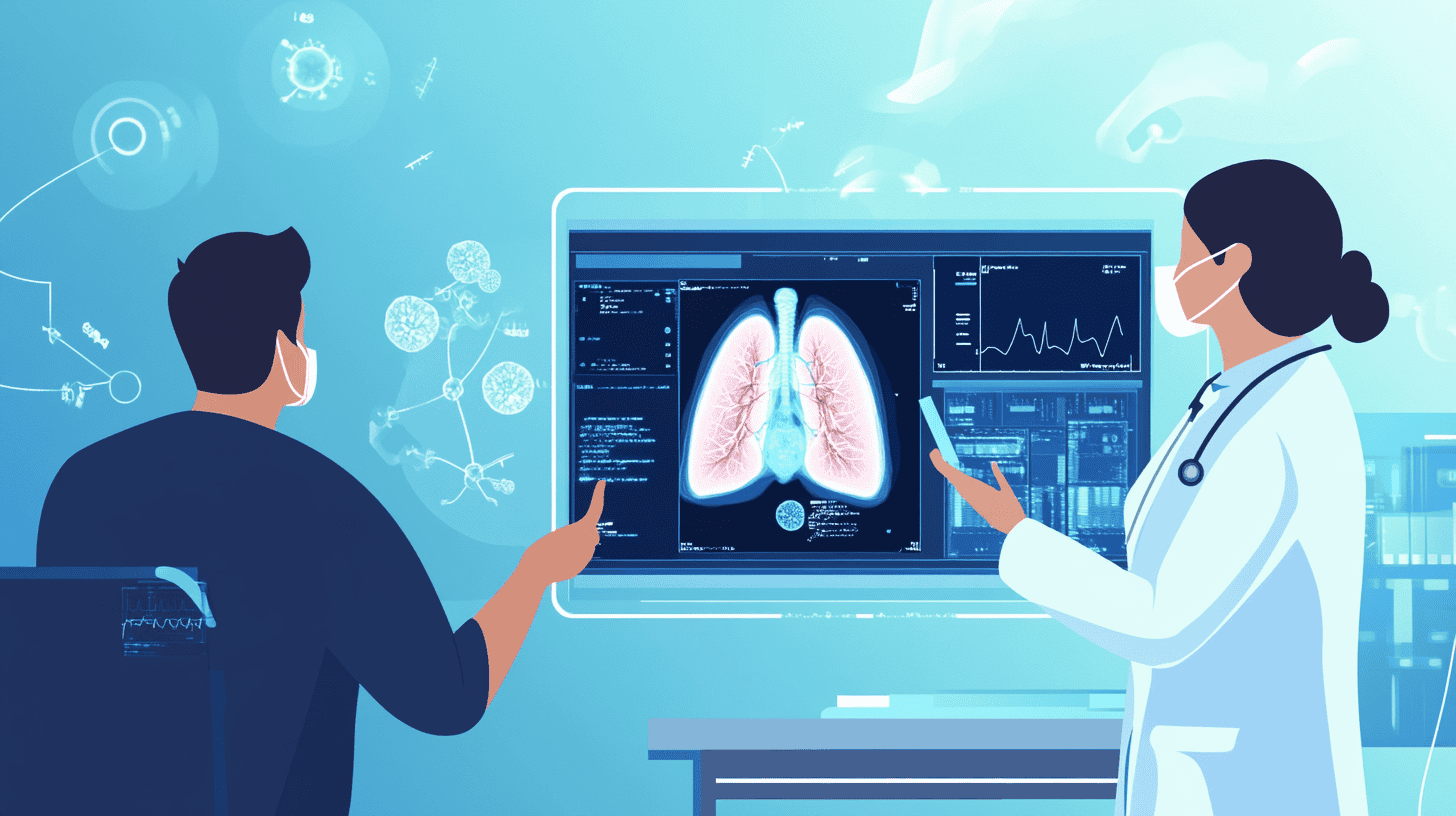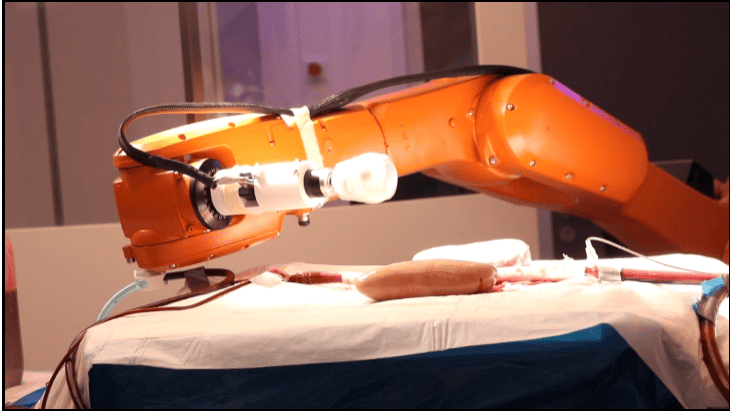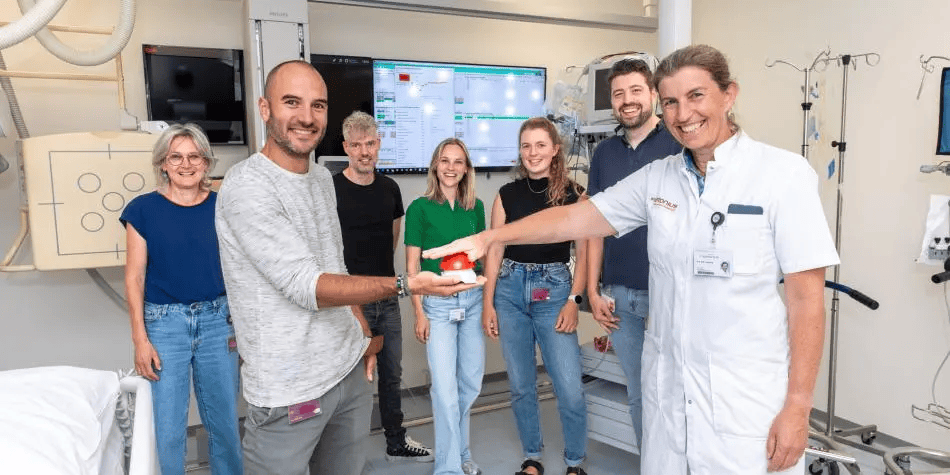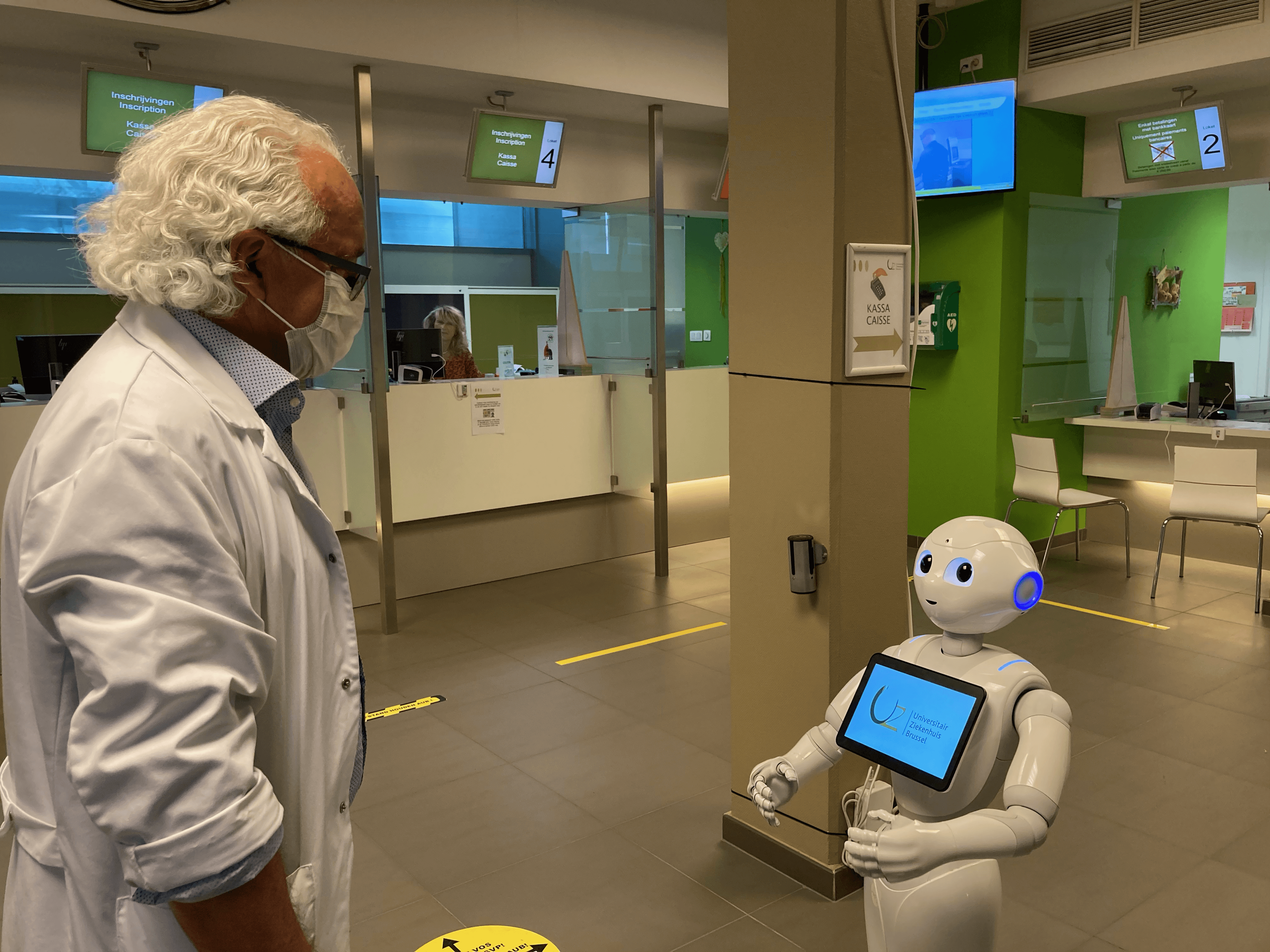
Antwerp University Hospital (UZA) in Belgium is using an AI-powered robot to greet patients, check temperatures, and ensure masks are worn correctly. By removing initial human-to-human contact, the multilingual robot makes life a little easier and safer for hospital staff.

The robot works pretty intuitively. As patients enter the hospital, they collect a barcode and feed it into the robot. This then uses temperature measurement cameras and ultrasonic sensors to check that the patient is safe. If the robot detects a problem – such as a high temperature or no face mask – it alerts the person in question or signals the staff. Otherwise, the patient is free to carry on.
Developed by Belgian company ZoraBots, the CRUZR robot has played an important role in one of Belgium’s largest hospitals as they deal with a surge of patients during the pandemic. Given the success and interest of patients, management is exploring other applications for robots. They note that the health crisis has created an opportunity to think more openly about innovation.
“We have experimented much more during the pandemic because we’ve needed urgent solutions to new problems. We introduced the robot very quickly when the pandemic began and it has made the hospital safer for patients and staff,” said Michaël Vanmechelen, who is the manager of operating theatres at UZA.
Pandemic accelerates the adoption of tech in hospitals
Furthermore, Vanmechelen believes that the fallout from the pandemic will only accelerate technology adoption in many hospitals. “Well-run hospitals will be looking at what tasks can be performed by robots and other automated technologies. Due to the health crisis disruptions, hospitals have experienced a significant loss of income over the past few months. As a result, they will be looking for ways to do more with less. Which invariably leads to tech-based solutions,” Vanmechelen says.
Robotics expert Professor Bram Vanderborght, from BruBotics at the Vrije Universiteit Brussels, also believes the pandemic will accelerate the use of robots and other similar applications within the hospital environment.
“People are cautious about getting too close to other people, especially in hospitals where the likelihood of infection is higher. Human facing robots – as we have seen with UZA – can help to solve that problem and make people feel more at ease. And the machine’s functionality will improve quickly. For example, robots will be able to collect patient information, carry out conversations, and ensure social distancing measurements are kept. They act as a kind of warden robot around the hospital,” Professor Vanderborght explains.

A greater need for robotics
The UZA hospital is now looking to robotics to perform more sophisticated tasks. Such as escorting patients to certain floors, bringing meals, or even interacting with patients. Their mission is to improve patient outcomes every day and if this can be efficiently solved by robots, then it is worth trialing.
Deep technology is used in other areas of the hospital too. In the emergency department, artificial intelligence using algorithms and datasets is used to predict a patient’s diagnosis.
Upon arrival, a patient is checked by a general ER physician. Based on these results, the algorithm is able to determine if the patient needs to be admitted or not. Thereby removing the need to wait in the emergency department for a specialized ER doctor to further examine the patient. This can be especially helpful if there is no specialized ER doctor available at the time. AI technologies such as these are not designed to replace doctors, but rather support staff by alleviating them from routine tasks as much as possible.
What’s next?
In addition to the pandemic, significant challenges such as physician burnout, an aging population, and a worldwide shortage of healthcare workers demonstrate there is a clear case for increasing the use of innovative solutions at hospitals.
With hospitals around the world looking for new solutions – what might a typical hospital look 10 years from now? In Belgium at least, technology and physicians will be far more integrated and doctors will rely on robots to do more and more sophisticated things. Patients will be empowered through information gathered from their use of medical devices – which will be personalized and widely used. “Data will drive a lot of decision-making processes. So, in future only those that need to be in a hospital will actually be in hospitals, as technology will help us to manage the patient from home,” says Vanmechelen.




